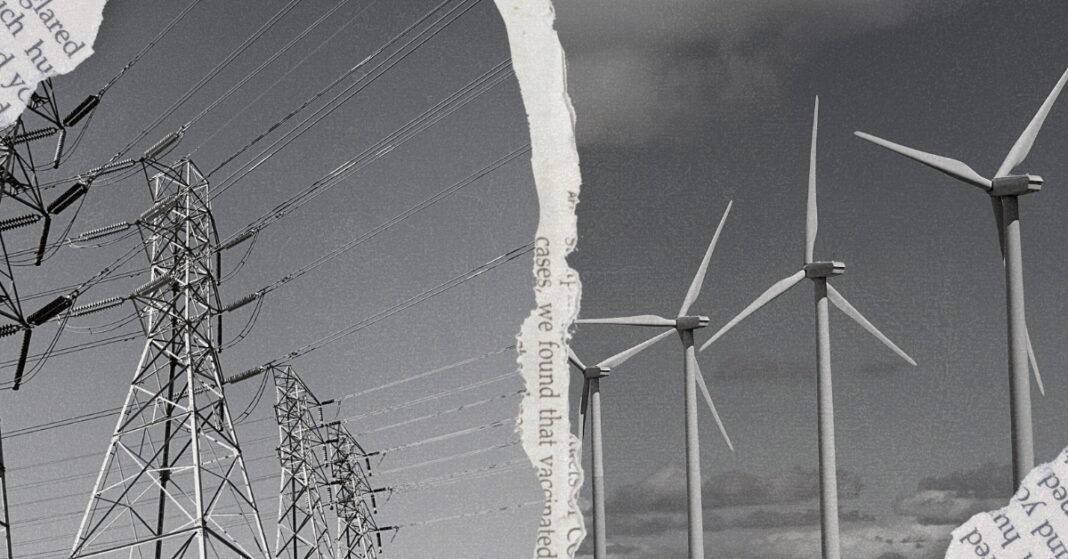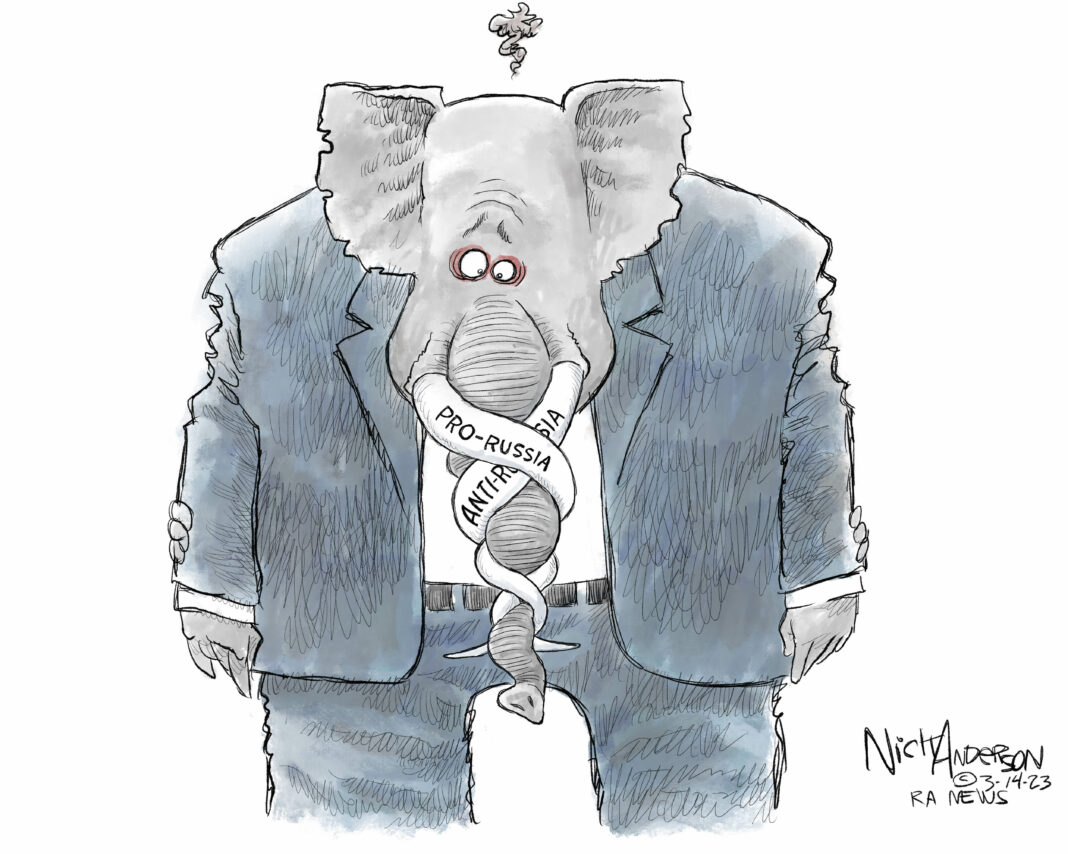In the seemingly never-ending saga of the race to brace for the next extreme weather event to impact the power grid, Texas state Senators unveiled nine bills last Thursday that would restrict renewable energy development and encourage the building of more fossil fuel-burning power plants.
While the majority GOP committee is bipartisan, eight members are Republicans with only three Democrats participating, making it likely that the state taxpayer spigot will continue to favor traditional energy producers like oil and gas companies in the immediate future.
As state lawmakers continue to disagree on how to ensure the long-term viability of the state power grid, Lt. Gov. Dan Patrick and members of the state’s eleven-member Senate Business and Commerce committee, chaired by state Sen. Charles Schwertner, R-Georgetown, and vice chair state Sen. Phil King, R-Weatherford, say the bills would ensure new natural gas-fueled power plants get built in Texas.
Of the 85,000 megawatts of power available overall, some 30,000 megawatts of power on the Texas grid today are produced by wind and solar. Patrick and other GOP lawmakers want to “balance” the ratio by reducing clean energy contributions and increasing “thermal” power plants, which are natural gas-powered plants.
The proposed senate electricity-related bills are part of a larger state Legislature response to the 2021 deadly grid failure that killed hundreds of Texans, the majority of them among the state’s most vulnerable populations. The political future of all members of the state government may well hinge on whether the committee approves the bills, or finds other viable alternatives.
The state Senate plan comes on the heels of the new Public Utility Commission (PUC) proposal to overhaul the state energy market and the Electric Reliability Council of Texas (ERCOT). The plan, unveiled last fall, was known as the Performance Credit Mechanism — or PCM to address the need to stabilize the state power grid — but the new bills indicate that the original version of the PCM unanimously adopted in January is likely going to be substantially altered by the new bills.
Patrick also said he was calling for a “focus on how we balance fairness and the equity and the competitiveness between renewables and thermal; that there’s an incentive for more thermal power built in this state as quickly as we can build it.”
Schwertner said that the federal program “certainly incents more and more solar, more and more wind,” pointing out that every year more renewable energy is flowing over the Texas grid. But the new bills are seen as an overreaction to the Biden administration’s efforts to encourage the growth of wind and solar power.
State Sen. Mayes Middleton, R-Galveston, blamed the federal government subsidies for the influx of renewable companies to Texas and claimed they disrupted the traditional energy market of the state. “The federal government has created this ‘market distortion,” said the senator, who owns an oil and gas company.
Recapping The Most Significant of the Nine Bills
Senate Bill 6 would create the Texas Energy Insurance Program that would add 10,000 megawatts of energy — enough to power 7.5 million homes — to the state power supply, and would also establish a low-cost loan program to “maintain, restore and keep in operation current dispatchable generation here in Texas,” Schwertner said.
Senate Bill 7 would artificially steer the development of electricity sources toward natural gas power plants — to the detriment of wind and solar power sources, by forcing them to either have dispatchable power on-site — or buy electricity to place in the market when they are not producing.
Senate Bill 2012 would add “guardrails” to the PCM to ensure that power companies minimally increase the energy prices for their customers and not engage in price gouging in the event of the next significant weather event that threatens the power grid.
In the aftermath of Winter Storm Uri, Texans were charged exorbitantly high bills that some were unable to pay. The bill would also ensure that no one entity holds more than 20 percent of the market, and would force them to come up with a plan to reduce the number of customers they serve, which observers see as a part of the bill that the larger companies will fight via their lobbyists.
Senate Bill 2014 would eliminate all state government incentives for building renewable energy facilities.
Senate Bill 2015 would prevent the development of renewable energy in Texas from outpacing natural gas by placing an artificial cap on the amount of new renewable megawatts — restricting green power to a percentage of the amount of natural gas generation in the pipeline.
Senate Bill 1286 would incentivize companies to build power plants closer to population centers, which could pose an increased risk to the health and safety of Texas residents.
Senate Bill 1287 would set a cap on production costs and is targeted at renewable energy companies.
Senate Bill 1287, would require the Public Utility Commission to set a cap on how much Texans would have to pay for power producers to connect to the state’s power grid — and require the companies to pick up the rest of the cost, making the transmission of wind energy from West Texas to the more populated areas of the state more expensive.
This is a way to force wind and solar companies to spend more on production and transmission costs as a way to discourage future green energy investment.
If these bills become law, it would effectively ensure Texas will fall behind other states in the development of sustainable energy — and energy experts don’t see the benefit of prohibiting the growth of green energy in the state — and also express their concerns about the ultimate cost to Texas consumers.
Experts Weigh In On New Bills And Their Potential Impact
Don Whaley, advisor to OhmConnect Energy expressed similar concerns about the PCM and the detrimental effects it may have on the state energy market and the cost to producers and consumers for energy going forward if adopted.
“The only thing that was certain about the PCM was that it was going to add cost to the market,” Whaley said.
“The one thing that is fundamentally different from the mission that Chairman Lake has been on is that it (Senate Bill 7) spreads the cost across all the stakeholders. His initial push in the wake of Senate Bill 3…was that all of the cost should be borne by the load-serving entities.” Whaley said in our interview this week.
Whaley explained that the Load Serving Entity Obligation or LSE was a market structure that was conceived and proposed by E3, the consultant hired by NRG Energy on behalf of the PUC to incentivize new power generation in the market. But if adopted, he said it would have bankrupted many of the energy retailers that do not produce their own electricity — versus providing it to retail end users.
“The PCM was concocted to believe that it’s going to take dedicated dollars and place them as an incentive mechanism to bring new investment into the market.” Whaley said.
“And E3’s analysis said that we were going to have all these wonderful efficiency gains by virtue of PCM…and then abracadabra, the $5.7 billion that is the PCM on an annual basis is going to be reduced down to $439 million,” which Whaley and others market experts have expressed skepticism about.
He explained that testimony of experts in related hearings regarding the PCM estimated that the cost figure would likely be closer to anywhere between $3 billion and the full cost of $5.7 billion.
Whaley pointed out that the largest utilities like NRG Energy and Vistra have been in business for decades, and see little reason to change. So the innovation in the market falls to companies like his and other competitors, as the larger companies lack the incentive to do so.
Whaley has over 40 years of experience in the natural gas, electricity, and renewables industries, and he founded Direct Energy Texas and served as president during the early years of deregulation.
As the state transitions to what the electricity market was like 20 years ago, the need for responsive supply during periods of high energy demand reduces stress on the grid and companies like his help consumers do just that.
Whaley is not alone in his concern over the impact of what new legislation may do to consumers and producers and how it will impact the elasticity of supply and demand of electricity for the state.
Companies like Whaley’s, as well as environmental advocates, are looking at reducing the strain on the grid by encouraging high-efficiency buildings, HVAC systems, and windows and doors going forward.
Cyrus Reed, conservation director of the Lone Star Chapter of the Sierra Club says the Texas grid does not need a massive investment in new gas power generators to bolster its reliability but instead needs improvements to energy efficiency and energy conservation programs that would be cheaper and easier to implement.
“I think if we were to pass all these bills, and they were to go into law and be signed by the governor, it would create a huge expense on residential consumers that are not needed,” Reed said. “And it would create a chilling effect on renewable energy development.”
When it comes to many of the state senators’ proposals, Reed said, “those costs ultimately all flow to consumers.”
Recently state Sen. Jose Menendez, D-San Antonio, referenced a recent Dallas Morning News report that said that 45 percent of Texans are cutting back on food and medical care to pay for rising energy costs in the wake of the last grid failure during Uri.
“There’s really no sense of what this will actually cost,” said Austin-based energy consultant Doug Lewin. “There’s nothing in there for consumers as far as I can tell. There’s no acknowledgment that Texans are choosing between food, medicine, and bills.”
Republican lawmakers and state regulators have remained laser-focused on the state’s growing profile of renewable energy sources, as they now account for about 36 percent of Texas’s total electricity production, and are expected to provide 27 percent of electricity this spring, according to ERCOT seasonal projections.
So the mission to stabilize the grid seems to be a secondary concern to the largely GOP-controlled state government — as they seem to be on a tandem mission — discouraging green energy development whenever and wherever possible.
Where Lawmakers And Public Opinion Diverge on Renewables
For over two decades Texas has had a laissez-faire “energy-only” market designed to prioritize price competition following various stages of deregulation.
But Thursday’s bills and the ongoing effort by state regulators to redesign Texas’ electricity market could fundamentally change the entire market in the state.
Texans currently pay $22 billion for electricity annually, according to the Dallas Morning News. So as costs will likely rise in the future, targeting renewable energy development seems counterintuitive.
Many state Legislatures would welcome the increased development of clean energy, especially with federal monies backing the effort — but not Texas — where the most powerful industry lobby belongs to the oil and gas industry.
And the anti-renewables legislative action comes at a time when a majority of Texas voters want the state to spend a portion of the state’s $33 billion budget surplus on alternative energy sources, according to a February survey from The Hobby School of Public Affairs at the University of Houston.
Some 64 percent of Texans surveyed favor expanding the reliance on solar power plants, while only 42 percent favor increasing the state’s reliance on natural gas-fired power plants, which would seem to indicate that GOP state lawmakers pushing the anti-green bills are out of touch with the public.
Senior Executive Director and Researcher Renee Cross said there is strong support for using some of those funds on alternative energy. “Whether we’re talking about solar or wind, even hydrogen power plants, and hydroelectric dams,” she said. “That being said, we do see partisan divides as well as generational.”








